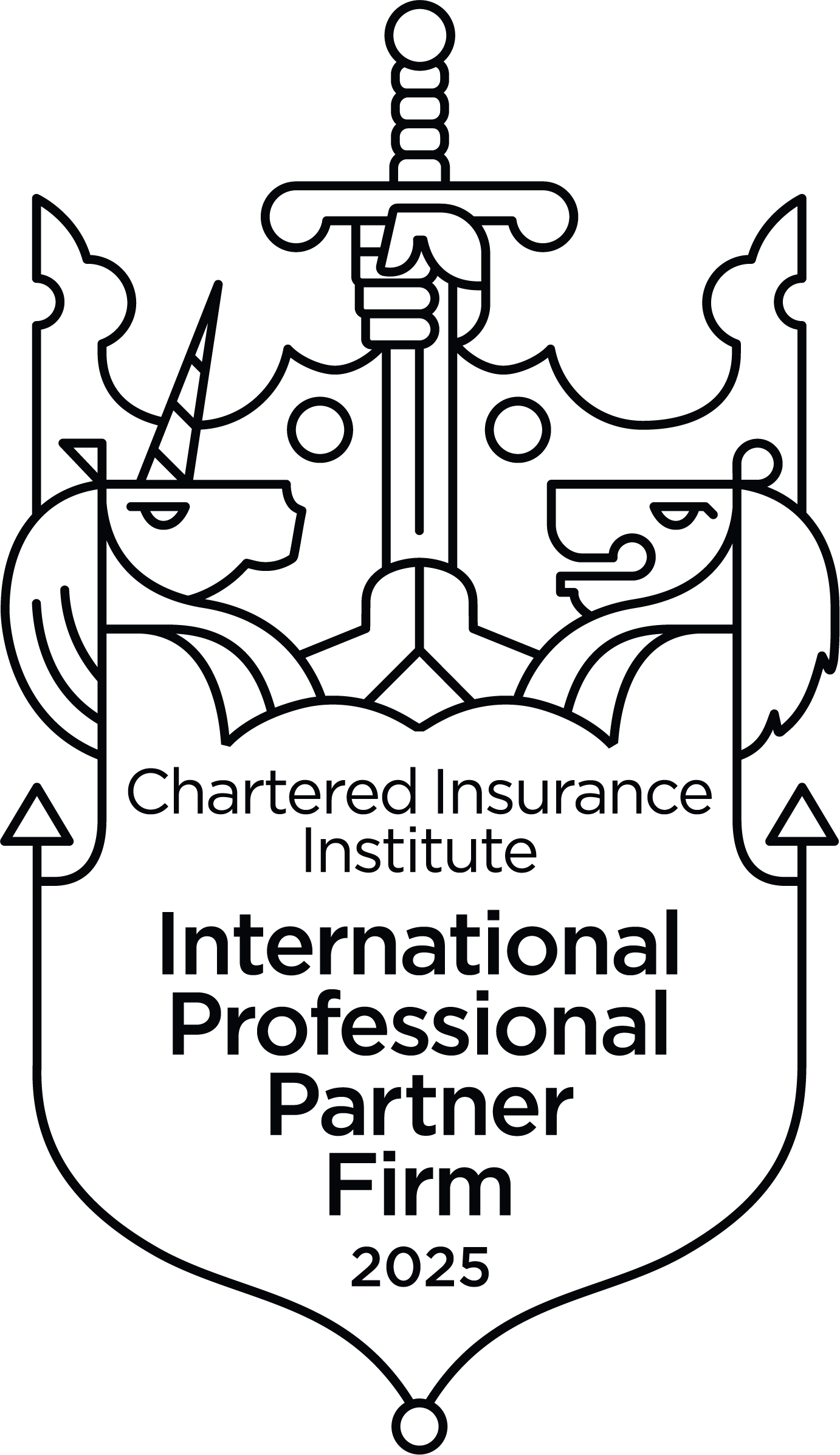It is a common aspiration of all parents to hope their children have a bright future. Many are keen to send their children to study abroad so that they can be able to stand out in this highly competitive society. Yet, to go to an overseas school needs a considerable amount of money, let alone having to pay for the living expenses. Have you planned well to give your beloved children the best education yet?
─ Execute Regular Savings Plan efficiently will help you achieve your goal easily ─
What is a “Regular Savings Plan”?
When you start to invest, you can either make a single contribution or set up a Regular Savings Plan in which you put a small amount of money every month. A “Regular Savings Plan” is an arrangement that invests a fixed amount on a regular and recurring basis, such as every month. Setting up a Regular Savings Plan is easy. All you need to do is to sign an agreement with the product provider that allows it to transfer a fixed amount of money from your bank account or credit card account (usually other payment methods are also available) on a specified day every month for investment.
A Regular Savings Plan is best suited for those who don’t have much money to invest but have a long-term wealth management need. It is a painless and time-saving investment approach for many of those who don’t have the time to keep up with the economic situation and the bullish and bearish market. It also reduces the risk of buying at the highest prices. Combining savings and financial management, this investment approach is suitable for the new workforce, people who plan for retirement in their mid-career, as well as new parents looking to set aside money for their children’s future education.
You should bear the following factors in mind while working out an education plan for your children:
Factor 1. The expenses besides the tuition fees
Apart from the costly tuition fees, you also need to set aside an amount of money to pay for living and other expenses if you plan to send your children to study overseas.




